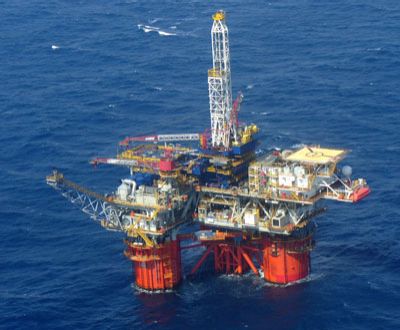Lebanese Energy Minister Jebran Bassil announced on Friday the opening of the pre-qualification period for oil exploration companies interested in exploring Lebanon’s offshore oil and gas reserves.
 Lebanese Energy Minister Jebran Bassil announced on Friday the opening of the pre-qualification period for oil exploration companies interested in exploring Lebanon's offshore oil and gas reserves, Naharnet website reported.
Lebanese Energy Minister Jebran Bassil announced on Friday the opening of the pre-qualification period for oil exploration companies interested in exploring Lebanon's offshore oil and gas reserves, Naharnet website reported.
“The deadline for submitting applications will be on March 28 and the Petroleum Authority will announce after three weeks the list of accepted companies then we will begin the round of tenders, which will last until the end of the year,” Bassil said at a press conference.
The formation of the Petroleum Authority in November was the first major step in future oil exploration since parliament passed a law in 2011 setting the country's maritime boundary and Exclusive Economic Zone.
The minister reiterated that Lebanon will witness the first oil exploration process in 2015 and it will take the country a year to enter the production stage.
“Lebanon is on the path of producing oil and gas, there's no chance to go back now or stop... The dream became true, and reality will become prosperity,” Bassil told reporters.
Bassil pledged to respect all the international standards and protocol concerning the matter.
“We began the seismic surveys, which proves our success in that regard,” the minister added, calling on the government to respect the timing.
The cabinet endorsed plans in January 2012 to implement legislation that will clear the way for offshore oil and gas exploration.
In August 2011, the parliament passed a law setting Lebanon's maritime boundary and Exclusive Economic Zone.
The government has warned that Lebanon will not give up its maritime rights and accuses the Zionist entity of violating its waters, territory and air space.
Lebanon has also submitted to the United Nations a maritime map that conflicts significantly with the one proposed by the Zionist entity. However, the Lebanese government argues its map is in line with an armistice accord drawn up in 1949, an agreement which is not contested by the entity.
The disputed zone consists of about 882 square kilometers, and suspected energy reserves there could generate billions of dollars.
